It is said the "most dangerous road in the world" and its nickname is evocative: El Camino de la Muerte or the Route de la Mort, in Bolivia, is one of the most perilous tourist activities in the world, and yet, more and more curious venture into it.
More than 20 cyclists were killed on the so-called "Road of Death" In Bolivia, attempting to descend the 3,400 metres of the snowy Andes to the tropical forest. This danger is partly due to its attraction.
Of course, there are beautiful landscapes and stunts along the 60-kilometre strip of earth and gravel that cling in a precarious way to the pan of the mountain. But it is the occasional tragedies, when a cyclist takes a pin turn a little too wide, which made the legend of El Camino de la Muerte , making it one of the biggest tourist attractions of Bolivia .
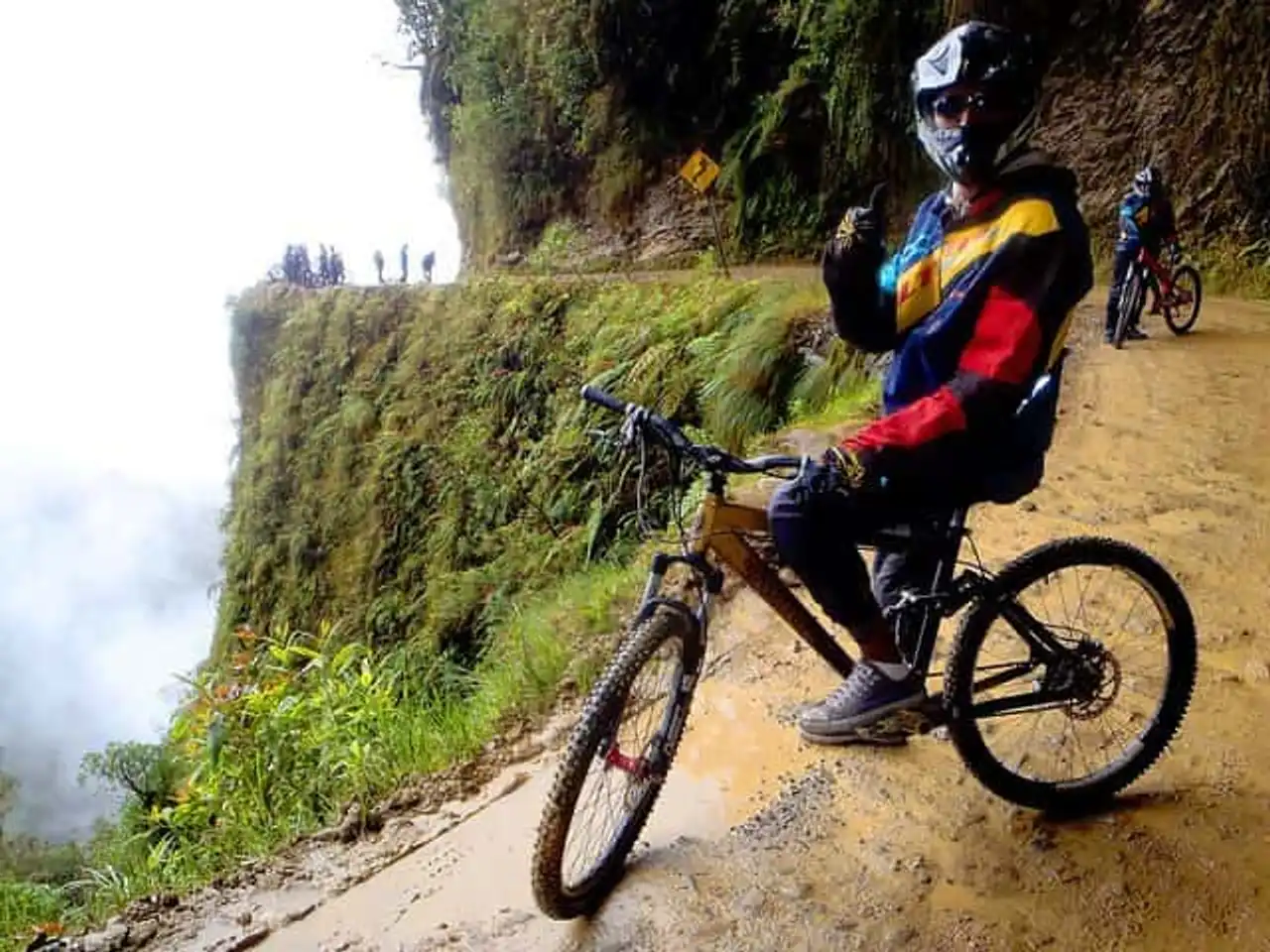
Photo credit: Flickr – Marco Antonio
Since January 2014, three cyclists, including a guide, have perished on the one also known as the route des Yungas . Yet bike traffic on the road earns about 5% each year, says a guide working for the largest bike tour operator in Bolivia. Arriving whole at the bottom of the runway “ gives people the impression that they have somehow deceived death” , he says. "The media beating serves us very well. We use this » .
In the Bolivian capital La Paz , it is not surprising to count some thirty specialized agencies, with names like Madness , Vertigo , Barracuda or Black Widow ("Black Widow"). Every day, they accompany hundreds of lovers of strong sensations, mostly foreign, down the Death Road. Bolivians, some of whom made the bus ride along the road, avoid visits.
The road was built in the 1930s to connect the town of La Paz, located at high altitude, and the rainy, wet and warm forest valley of the Yungas . The hard work was provided by Paraguayan soldiers captured during the Chaco war , in which the two nations fought for a border region whose rumours (or wrongly) were to contain vast oil reserves. The road was built with shovels and shovels, the work was terrible. Many workers died during the construction of this road.
For decades, the road had its own rules. The most important thing was to drive on the left side. This allowed motorists who came down to see how close their wheels were to the precipice. With fog, rain and landslides, accidents killed 200 to 300 people a year. It is by identifying the number of deaths for a feasibility study for an alternative route in 1995, that the Inter-American Development Bank nicknamed it "the most dangerous road in the world" .
A paved road between La Paz and Yungas opened in 2007 recovering almost all the road traffic of the region and thus transforming the Route de la Mort into a path for mountain biking, with some macabre memories, like some Christian crosses that jonches the itinerary.
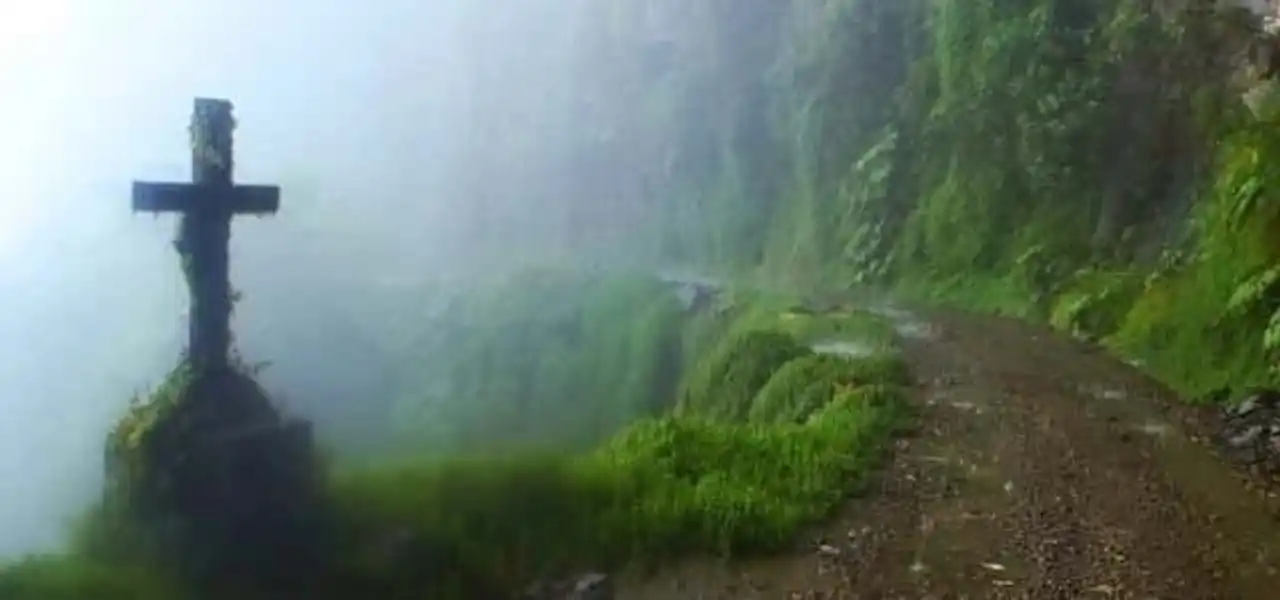
Photo credit: Plan Your Escape
An unusual discovery
During a typical descent of El Camino de la Muerte , your guide will not hesitate to show you some rusted bus chassis at the bottom of a canyon. At the edge of another precipice is the plaque of the “hospitables of democracy” honoring five leaders of the Bolivian opposition who in 1944 were pushed by sbires of the country’s military dictatorship. Further, adventurers will pass in front of a small bungalow that the local guides explain that it was inhabited by Klaus Barbie , a Nazi torturer, known as the Lyon butcher, who fled Germany after the Second World War and spent the early 1950s managing a sawmill in the Yungas.
You'll only cross a few pickups on the road. This radical decline in attendance has made the road to death a little safer. Most of the 22 deceased cyclists registered in the past 17 years have been registered before the opening of the new Yungas road. But without road traffic in the past, mountain bikers often become neglected.
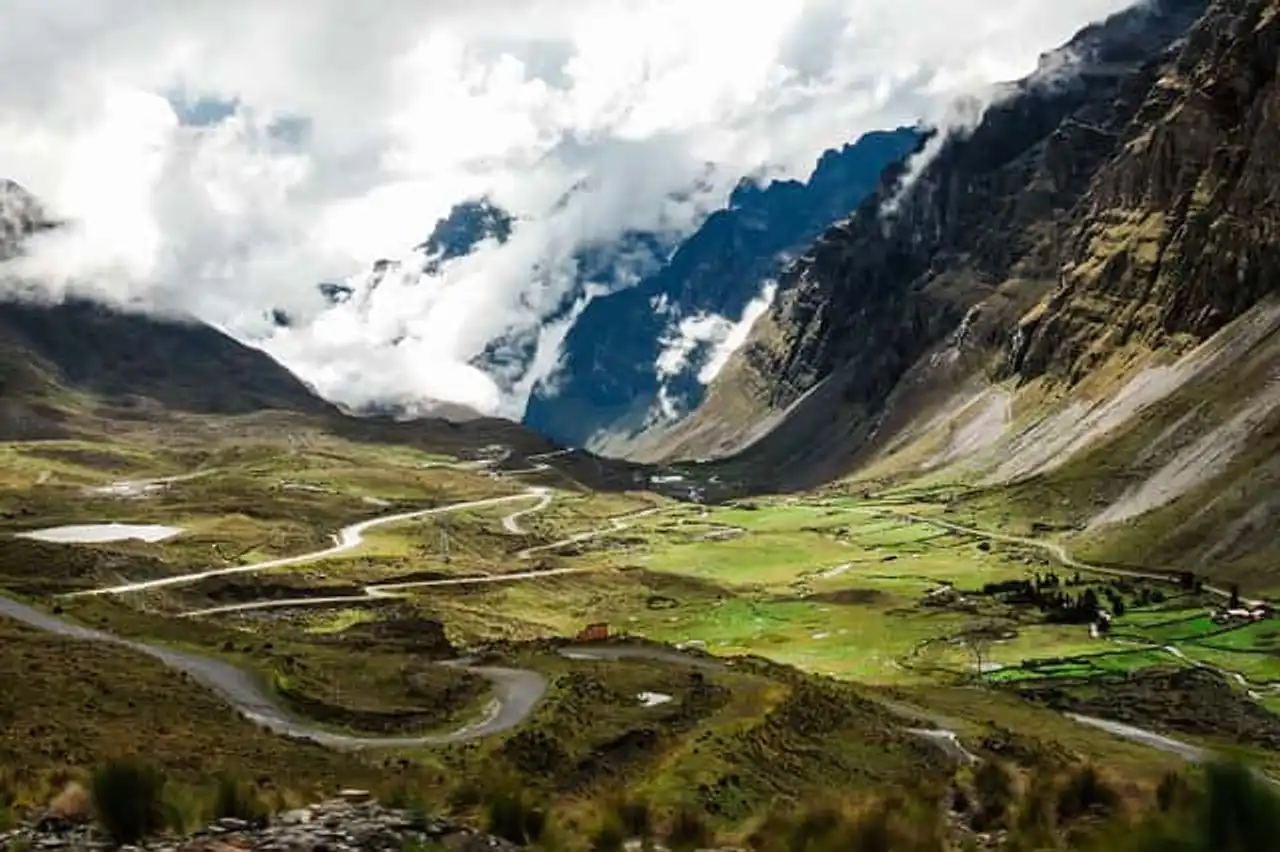
Despite the danger, the landscapes are breathtaking – Photo credit: Flickr – Matthew Straubmuller
Moreover, the fact that it is practically only descent, requiring a minimum of pedaling, the road attracts tourists from all levels. Some beginner mistakes, such as a strong brake on the front wheel, throwing them over their handlebars. In addition, some neglected local agencies (the cheapest in general) would offer poorly maintained bicycles with completely dead brake pads.
If the adventure tells you, you also have to pay attention to other cyclists in your group, as some come out of a white night well watered, and are still vires. Speed is one of the main dangers. It also happened that fatal or non-fatal falls were caused by the inattention of a cyclist who filmed the scene or tried to adjust his frontal camera or fixed on the handlebar.
Did you know the Death Road?
Main photo credit: Wikimedia - Warren H
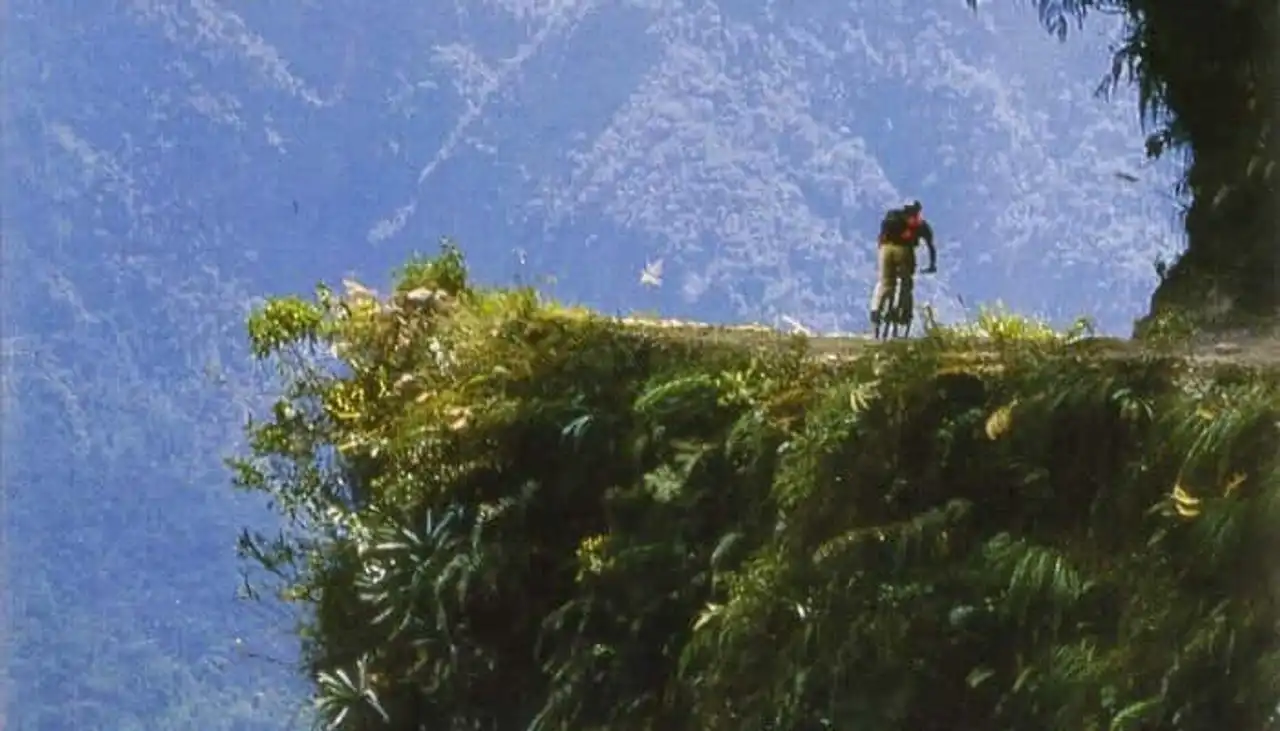






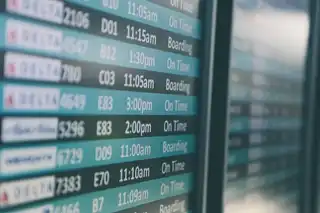
Loading comments ...